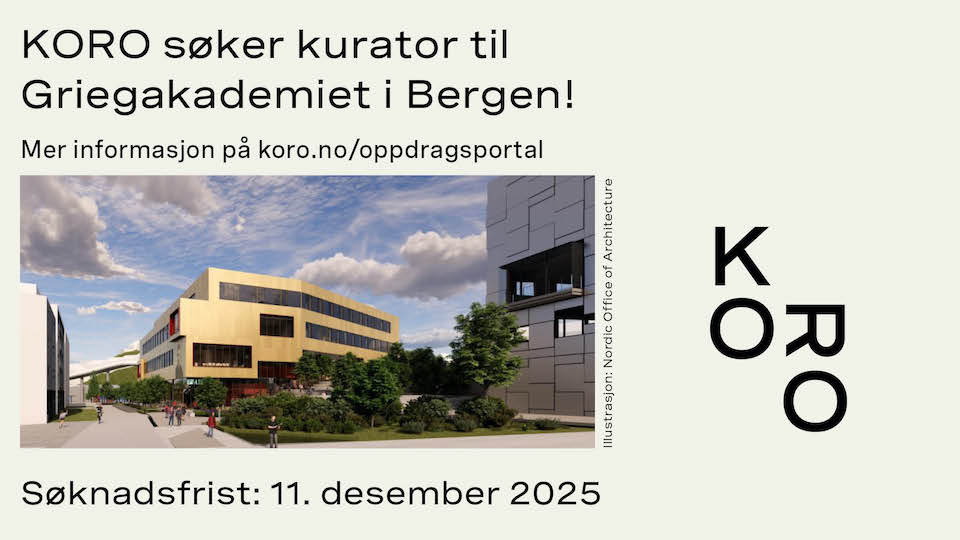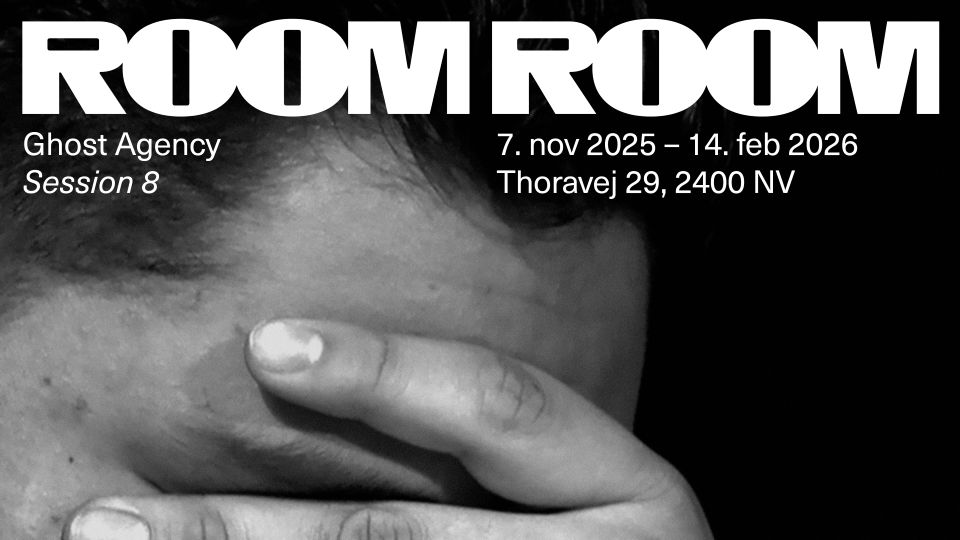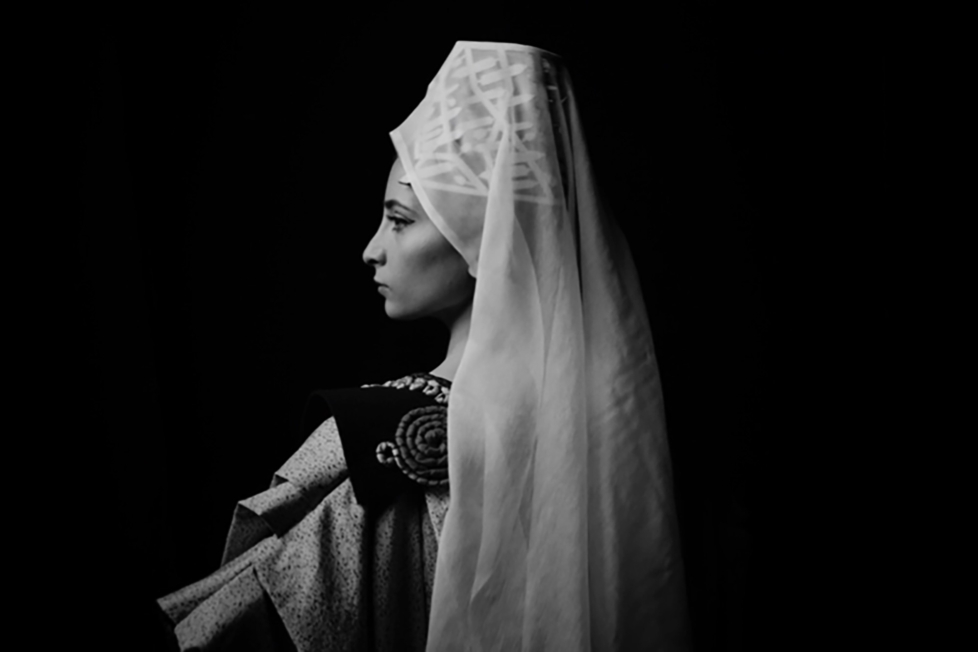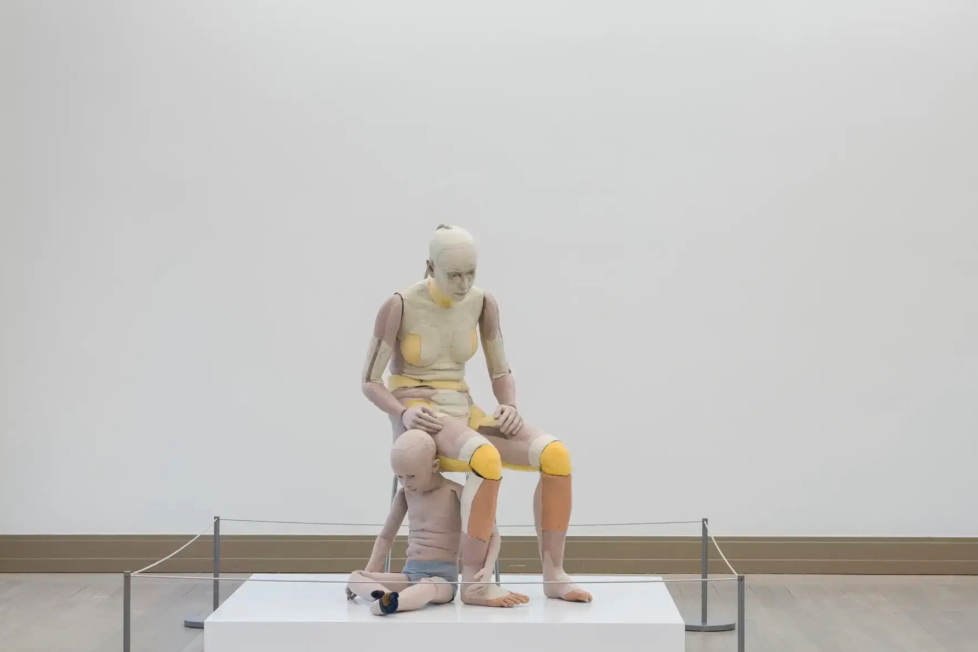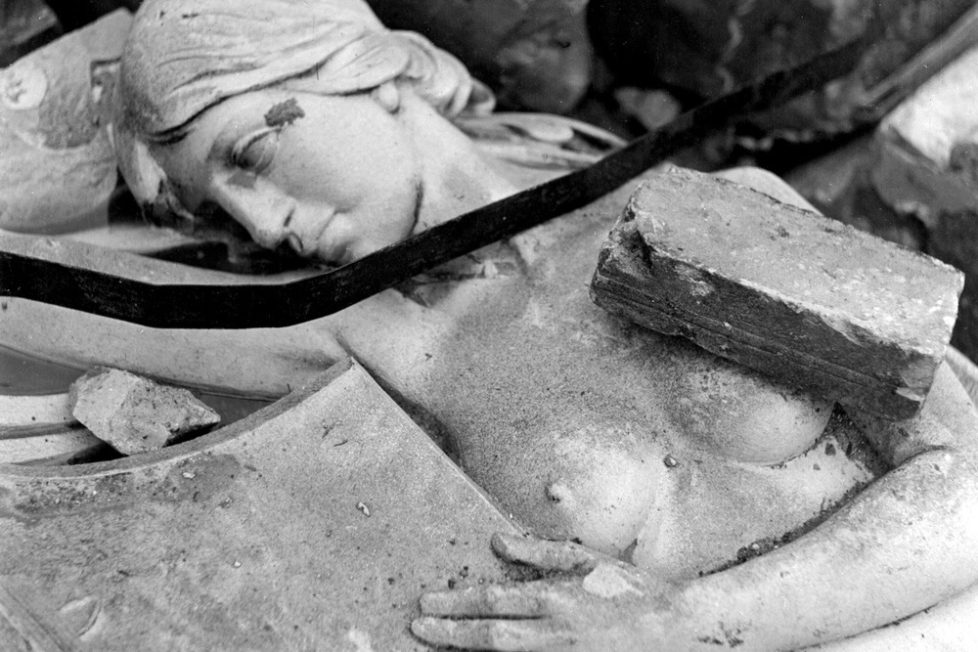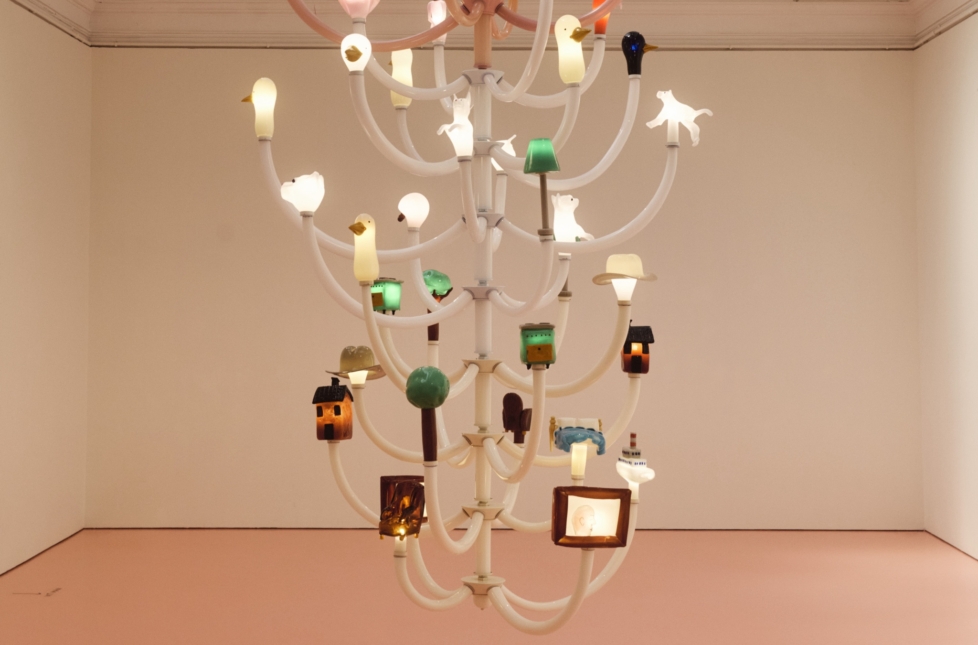
When a coalition of conservative and centre-right parties joined forces with a former Nazi party in 2022, Sweden got its most right-wing extremist government in modern times. Neoliberals and neo-authoritarians in a perfect union, what could go wrong? A lot, it turns out. This summer alone, they have concocted several ominous proposals.
Firstly, they decided to investigate the merging of Moderna Museet with the Public Art Agency Sweden and the Swedish Centre for Architecture and Design (ArkDes). Creating one giant organisation for such diverse activities might make the administration more efficient (and cheaper), but what the institutions involved would gain remains unclear. Meanwhile, the National Museum has found itself in such a dire financial state that the outgoing director alarmingly said it might have to close. Yet, the National Museum has stayed put, muddling along on subsistence level. A warning to show just how far the government is ready to go in its contempt for culture?
Secondly, two weeks ago the government presented a bill for a new law that opens the door for foreign powers to dictate the terms of Swedish freedom of expression and assembly. Much like the Danish government’s proposal to criminalise the use of religious symbols in artistic works (which was not implemented), it is framed as a way of tackling the Koran burnings. But instead of criminalising the content of the speech, the government will be able to stop any manifestation that risks endangering national security. This would basically mean that any expression that is unfavourable to some foreign despot could be censored in advance by Swedish authorities.
The consequences for the art world could be dire. Take a group show like What’s in Your Suitcase at Röda Sten Konsthall in Gothenburg in September, which will address migration and flight in the wake of the Woman, Life, Freedom movement. It is not inconceivable that such a show may include statements that won’t please the Ayatollah. Of course, Sweden isn’t interested in cowering to the Iranian regime at present. But would a similar exhibition of artists from, say, the Kurdish or Palestinian diaspora with a critical edge towards Turkey or Israel still be possible? Those who think it’s a far-fetched idea that Sweden will start censoring art would do well to remember how quickly Germany has started to restrict artistic expression. Regardless of how the bill is received, the proposal itself says a lot about where the country is at, culturally and politically.
Compared to the low level of politics, the art autumn offers encouraging trends that can provide relief as we move toward darker times. For instance, a wave of new alternative exhibition venues is sweeping the country. Beau Travail and Antics are two new artist-run galleries in Stockholm devoted to a kind of Bernadette Corporation-esque conceptualism. StudyForArtPlatform has been working a bit longer, merging a stripped-down aesthetic with advanced exhibition concepts, while the magazine Nuda’s exhibition space seems to have a speculative realism in its sights. Skēnē, which recently opened in Malmö, is another venue with a penchant for conceptualism and a DIY spirit. Are these artists and curators self-organising – or prepping for a future where authoritarian neoliberalism has finally dismantled our post-war cultural infrastructure?
Stockholm’s curator-run spaces also seem to have recognised that it is time to join forces and get organised. Last autumn, Mint and Index, together with a number of other institutions, launched September Sessions, which will return with a second edition on 19–22 September. The main event will be a programme curated by the Spanish duo Yaby (Beatriz Ortega Botas och Alberto Vallejo) based at the Skandia cinema. As part of the festival, Index will show 1000 Villages by French-Algerian artist Massinissa Selmani, while Mint will present siblings Rosa and Dylan Aiello. No headliners perhaps, but when Kunstkritikk talked to one of the festival’s founders Emily Fahlén last year, she stressed that its guiding ideals were the “qualitative, personal, and surprising.” What’s not to like?

Nordic artists make the cut at several institutions. Gothenburg Konsthall will show the Danish-Palestinian artist and filmmaker Larissa Sansour, while Bonnier’s Konsthall in Stockholm will present the Norwegian rising star Frida Orupabo’s ominous cut-outs in size XXXL. Bonnier’s will also host the emerging artist Ksenia Pedan’s first institutional show in Sweden. And Fullersta Gård, known for more unpredictable choices, will present the Finnish artist Saara Ekström at its venue in Huddinge south of Stockholm.
Many people were shocked when Magasin III decided to close its konsthall in Stockholm’s old free port this spring after a water leak. Is this really the end, after four decades? Still, its branch in Jaffa, Israel, is still up and running, as is Accelerator, the konsthall which is partly financed by MIII founder Robert Weil but run by Stockholm University, and which in recent years has become a key venue on the city’s contemporary art scene. This autumn, Accelerator is showing Turner Prize nominee Sin Wai Kin who, like Larissa Sansour, works with a form of speculative science fiction.
Since the opening of a new extension a few years ago, Liljevalchs has had a varied programme, to say the least. This summer, new director Joanna Sandell launched a kind of artistic manifesto: Stockholm Cosmology, the first edition of a recurring survey of the city’s globalised art scene. For my part, I quite liked the dreamy atmosphere and the generous presentations of artists like J.G. Arvidsson, Ayan Farah, Muhammad Ali, and Santiago Mostyn. But why so modest? Next time, I’m hoping for a bigger splash, one that takes up the entire venue – and a longer exhibition period.
This autumn, Liljevalchs is showing a retrospective of Swedish fashion designer Ann-Sofie Back which is bound to be a nostalgia trip for everyone who drooled over magazines like Purple and Self Service in the 1990s. At that time, fashion was to cultural workers what natural wine is today, and Back elevated the droll and botched to an infectious clothing line that she continued to produce under her own name until 2018.

Turning to the major museums, Moderna Museet is putting on the first major exhibition in the Nordic region of Hungarian avant-garde poet and performance artist Katalin Ladik curated by Hendrik Folkerts (who seems to do everything at Moderna these days?). Also, the American painter Nicole Eisenman will be shown together with the Finnish cartoonist Edith Hammar. “Play, smut, and vulnerability” is promised. Humour, queerness, and figurative concision can be added for those not familiar with the artists.
In contrast, the Swedish National Museum offers “raging seas” and “mysterious spaces in darkness, mist and light” as its long-awaited exposé The Romantic Eye, which was previously postponed for financial reasons, is finally opening. I suspect there is quite an appetite for such a show which promises to explore a Romantic way of seeing where “the power of the imagination became the starting point for experiencing art in a new way.” Also, I think people are keen to give original sad boys like Caspar David Friedrich, Peder Balke, and Johan Christian Dahl their due.
Another long-awaited exhibition is Mjellby Art Museum’s Thea Ekström retrospective, a postwar artist who can roughly be placed in the category of half-forgotten female Surrealist that was heavily exploited at the 2022 Venice Biennale. The opening coincides with the reopening of the museum which has been closed for renovation and extension for some time.
In Stockholm, the art season always kicks off with a tour of the new gallery openings. This Friday, Steinsland Berliner Gallery will present new works by Ylva Carlgren, whose show at the Royal Academy of Fine Arts caught my eye last winter when I sat for hours in front of her sublime watercolours. And on Thursday, Alfred Boman opens the second part of his critically acclaimed painting exhibition at Issues. On the same day, Anna Bohman Gallery will present new works by Astrid Svangren, an artist you never want to miss. Or perhaps a group show about eating curated by conceptualists Andreas Gedin and Magnus Bärtås at Gemla Gallery might be to your taste? Indeed, there are quite a few goodies in the bag already during in the first week of the Swedish art autumn alone.


